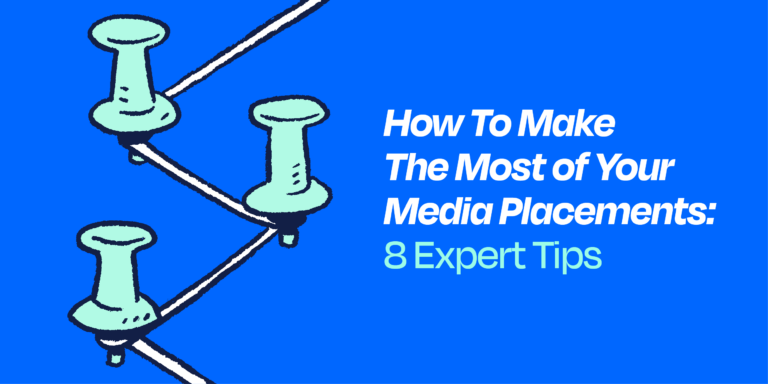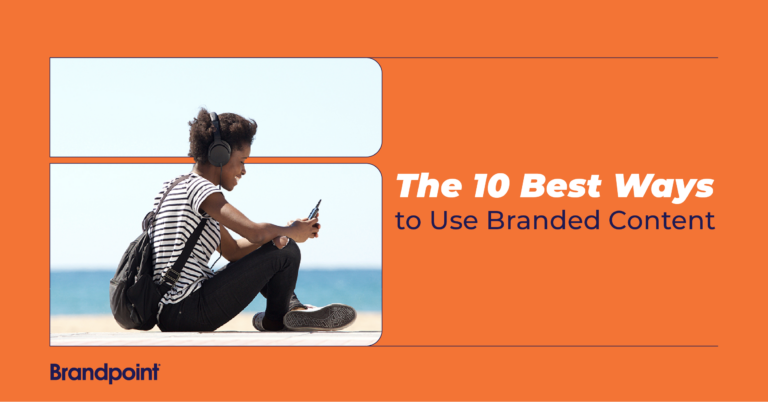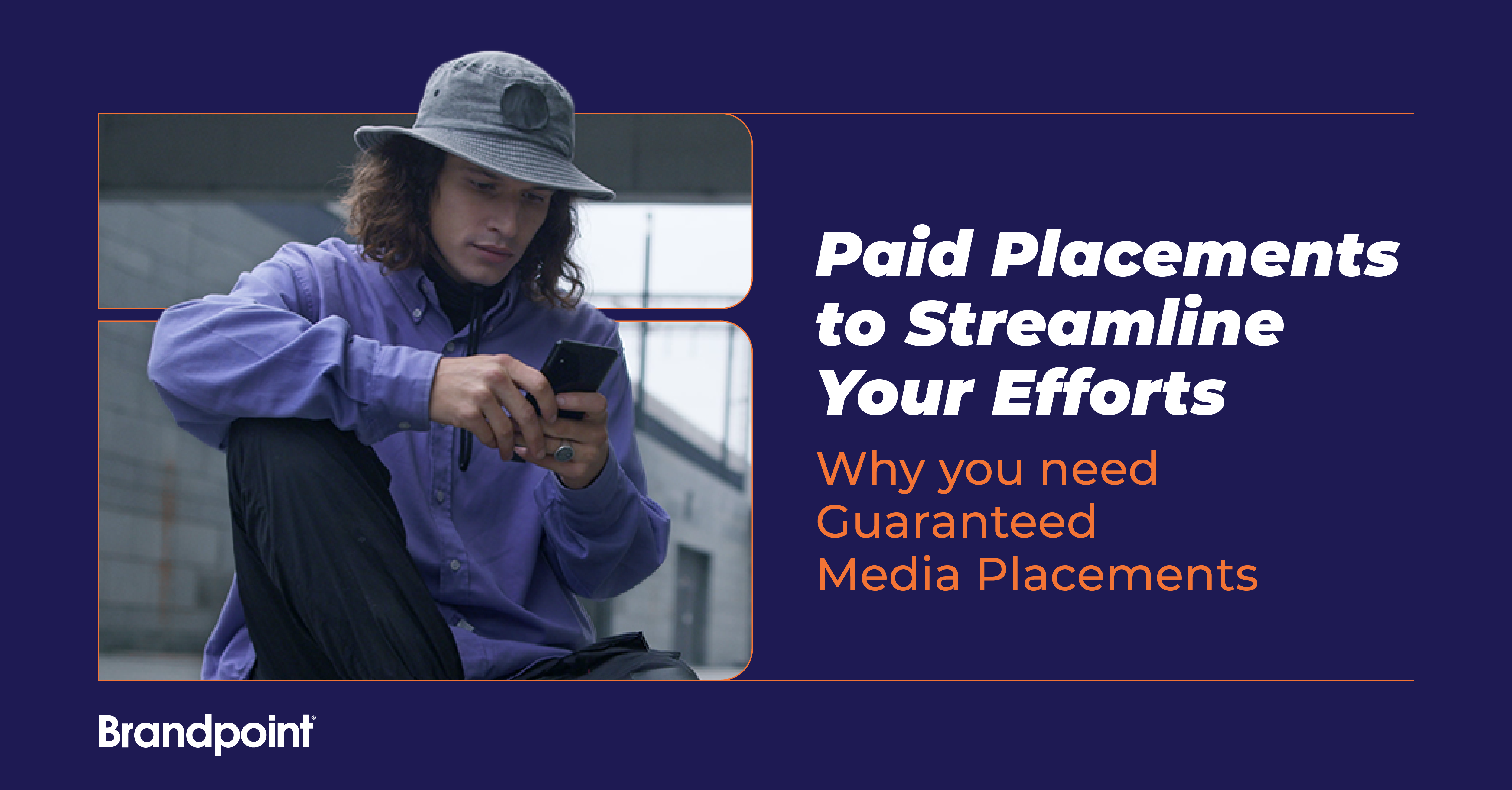Being in the communications industry is a bit like playing chess. Just when you think you’re in a good position, your opponent shifts strategies. You know you need agile thinking to keep up with the shifting rhythm of the game. You also need smart tactics to ensure a winning end game.
For PR professionals, branded content is one of those smart tactics, providing reliable value in our fast-paced digital age. As the PR space evolves, this go-to strategy is evolving, too. What does the future of branded content look like? To learn more, I interviewed Brandpoint’s head of innovation, David Olson.

David Olson
David Olson is senior vice president at Brandpoint, a branded content company that has provided industry-leading media distribution and promotion services for over 25 years.
What kind of impact has AI had on branded content?
David:
Generative AI continues to impact content creation in numerous ways. While it can’t replace the unique touch a human brings to crafting quality content, it can be used as a tool to streamline processes.
AI can help with story ideation, coming up with different approaches to a topic. It’s a useful tool for brainstorming and optimizing headlines. Many people use it for content strategy purposes. It can also help adjust tone and style for customized outreach. AI previously struggled at research — a critical aspect of brand storytelling — but has recently made positive strides and can help save time, as long as you double check all sources for accuracy.
How do you think AI will be used in the future of branded content?
David:
The future of branded content will be highly customized based on user experience and preference. AI will play a big role in this by taking a piece of content and creating multiple versions to best resonate with different target audiences.
A basic example would be a lawn mower company using different imagery when speaking to people in Mississippi versus Minnesota to reflect the correct landscape and weather conditions. They might highlight different benefits of the product based on what people need in those locations. Digging even deeper, it could use language that is more appealing to people in those locations, such as different dialects or idioms.
Do you think AR/VR will be used in branded content? Why or why not?
David:
Absolutely. Immersive experiences through augmented reality and virtual reality will be huge. Rather than telling the story, you’re showing people the story, inviting them in to make a deeper connection.
Brand sponsorships will thrive in this space. I love Hemingway, so let’s say a museum is doing a feature exhibit that offers AR or VR where people scan or interact with artifacts in person or virtually to learn more. You may notice a reference to the “Death in the Afternoon” cocktail named after one of his famous novels. You could use your phone to scan or computer to click to learn this famous drink was invented by Hemingway. Then you might notice the experience is sponsored by an absinthe brand, and if you want, you can email yourself the cocktail recipe and raise a glass tonight just the way Hemingway used to do.
How do you think branded content will become more personalized?
David:
Remember Tom Cruise in “Minority Report” and the customized advertisements as he walked through the mall? Spielberg may have had a dystopian take on the future, but he is correct in seeing branded content as hyper-personalized. The more you can make content relevant to the individual, the more powerful the connection you create.
Consider geofencing in advertising, which has existed for years. This allows brands to target people down to a specific location, like a neighborhood, such as through a radio ad. Branded content is taking cues from tactics like these for targeting, but the content will feel less invasive and more organic. It will be a softer sell that slowly gets a target down the marketing funnel.
How should brands focus on inclusivity and diversity in their branded content messages?
David:
Inclusivity and diversity are massive concerns for marketers. Forget the broad strokes; we need to carefully consider things like age, ethnicity and sexual preference. In brand storytelling we must remember the people we’re talking to and reflect the things that matter most to them. This aligns well with the idea of personalized content.
Inclusivity and accessibility go hand in hand, so be sure to consider people with disabilities or those who interact with media in non-traditional ways. Is text readability compliant with Web Content Accessibility Guidelines (WCAG)? Does the design consider ADA guidance in the use of color? Does that emoji really mean what you think it does? It’s worth the time and investment to be as inclusive as possible.
What branded content tactics or strategies should brands let go of to stay competitive?
David:
Much of branded content is not indexable by Google. For example, if you’re a brand putting out blog content, getting it to rank is challenging. It’s tough for a lot of brands to let go of that as the holy grail. Search is changing because of AI, so ranking is going to be even more difficult now.
Parallel to this, it’s not a quantity game we’re playing anymore. Quality rules, and while consistency does matter, it’s not about posting more than your competitors. If you’re just posting that same stuff as everyone else for the sake of getting something up and out into the digital world, you’re doing yourself a disservice. You become the exact white noise you’re hoping to break through.
What should brands keep in mind for future branded content storytelling?
David:
First, know yourself and know your audience. It’s more important than ever to be authentic.
Next, don’t be afraid to try something new. Find the different angle. Go for the unique twist. Consider that new strategy or branded content outreach method.
Also, remember that media consumption habits will continue to change, so it’s wise for brands to recognize the importance of playing a smaller role in a story. Customized banded content that is highly relevant to a reader will convey your value, even if the brand mention is subtle.
What do you think the future of branded content looks like?
David:
The future of branded content is a mixed bag. On the positive side, ultra personalized branded content will be more interesting and relevant, worthy of your time. The negative side is things are always evolving, which means it will be key for brands to pivot and embrace change as it comes.
I also see branded content being a strategy used by more and more teams within an organization. This method can help hit goals for marketing, sales, public relations, human resources, leadership and more. As a growing number of people realize the potential of branded content campaigns, we’ll see this strategy being used more and more.
At Brandpoint, we work with a variety of people within different organizations to help create effective branded content campaigns. We listen to their goals and help them achieve results that make a difference. Consumer, B2B, nonprofit, advocacy, niche and other audiences — we have decades of experience customizing branded content and distributing it for the world to see.






